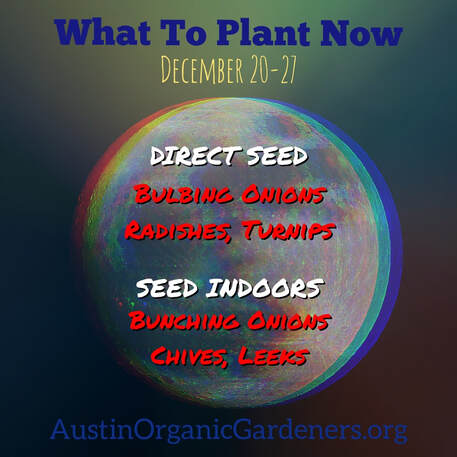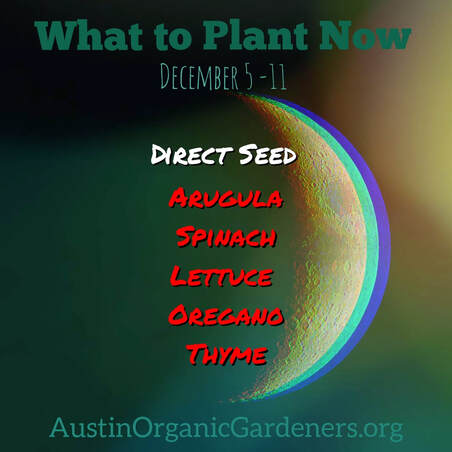|
In this video we show you how to make premium compost for your garden using recycled mushroom blocks from South Texas Seasonals. It's a great way to build hi-quality soil in just 6 months by diverting all types of organic matter from the waste stream. We are joined by Megan Lowder from Efficient Earthling at Gardopia Gardens in San Antonio. Mushroom blocks are made from sawdust and grains and organic matter that make a great amendment to soil and compost. They are what many mushroom farms use to cultivate culinary mushrooms on. After they fruit a few times and are considered spent, they can be used in many ways as we demonstrate in this video. Follow along in the video, in 6 easy steps you will be feeding the entire soil web and the plants in your garden, healthy compost. Make sure to watch through the end. Megan gives tips on the compost food chain and how to diagnose your soil for good health and take care of all the insects that gives our soil life and healthy plants. If you are in Austin, you can sign up to get recycled mushroom blocks for your garden. If you are not from Austin, find a mushroom farm in your area. STEPS:
Below are links are to other videos in the series: Part 1: How Fungi Benefits the Soil Part 2: Grow Mushrooms on Wood Chips in The Garden Part 3: Grow Mushrooms in a Straw Bale Part 4: Grow Mushrooms in Containers Part 5: Grow Mushrooms on Logs Part 6: Grow Mushrooms using Trench Composting Method  We just passed the Cold Moon, a name used by the Mohawk people, this Moon occurs when winter cold fastens its grip. We are now going into a waning period of the Moon—from the day after it is full to the day before it is new again. As the moonlight decreases night by night, plants are encouraged to grow roots, tubers, and bulbs. It’s always best to try to plant with the coming rains which are in the forecast. DIRECT SEED SEED INDOORS
WHERE TO BUY The Natural Gardener and Cultivate Holistic Supply will have bunching online transplants in September. MORE IDEAS For more ideas on Ornamentals, Perennials, and Herbs, visit the Central Texas Gardener and The Natural Gardener lists online. Download the Texas A&M Extension Planting Chart and Varieties. This Saturday at the teaching gardens Zilker Botanical Garden we harvested and divided horseradish. Amoracia rusticana is a hardy perennial herb that had been used culinarily and for over 3,000 years. Harvesting is a simple task and the resulting condiment can be stored in the refrigerator for up to 6 weeks. The leaves can also be used in many recipes. Check out Forage Chef to learn how to cook with horseradish leaves.
This spring we transplanted from a divided plant from member Better for your Body. It is ready to harvest and divide again in late fall. We divided this plant into three more. One to eat and two to replant. You can also plant roots that are 8 inches or longer. It's fine to leave the roots in the ground when harvesting as they will overwinter. Trim back the leaves. Loosen the soil with a pitchfork a foot or two along one side of the row of plants. Dig the roots from the opposite side of the row. Grab the tops of the plants and tug them gently from the soil. Trim back the foliage, leaving about an inch. Trim off side and bottom roots. We shredded and pickled it in vinegar and salt. Ready for oysters!  It’s just a phase so don’t forget to seed your leafy greens and herbs. Fall is a prime time for planting the hardiest herbs that actually grow very well in areas with mild winters. We just passed the New Moon phase and are now approaching the First Quarter and are in Waxing Crescent. During the waxing of the moon (the period extending from the day the moon is new to the day it reaches its fullest point), the moon pulls moisture upwards. Seeds do well during this time because moisture is available at the surface of the soil. DIRECT SEED
TRANSPLANTS
❄️ Be prepared to cover in case of deep freeze 🌾 Plant cover crops in areas you want to replenish for spring. See our comprehensive guide on our website. 🌳 Plant all trees, shrubs, and perennials. 🐟 Use fish emulsion to get green growth and do weekly foliar sprays with liquid seaweed to provide plants with hormones and nutrients needed for stress and to prevent disease and pests. 🍂It’s also a good time to start composting because leaves are starting to fall. 🌷Fall is a good time to transplant, trade, or give away your divisions of daylilies, bearded irises, violets, wood ferns, cannas, and other herbaceous perennials. For more ideas on Ornamentals, Perennials, and Herbs, visit the Central Texas Gardener and The Natural Gardener lists online. Download the Texas A&M Extension Planting Chart and Varieties. |
AuthorWrite something about yourself. No need to be fancy, just an overview. Archives
May 2024
Categories |
 RSS Feed
RSS Feed